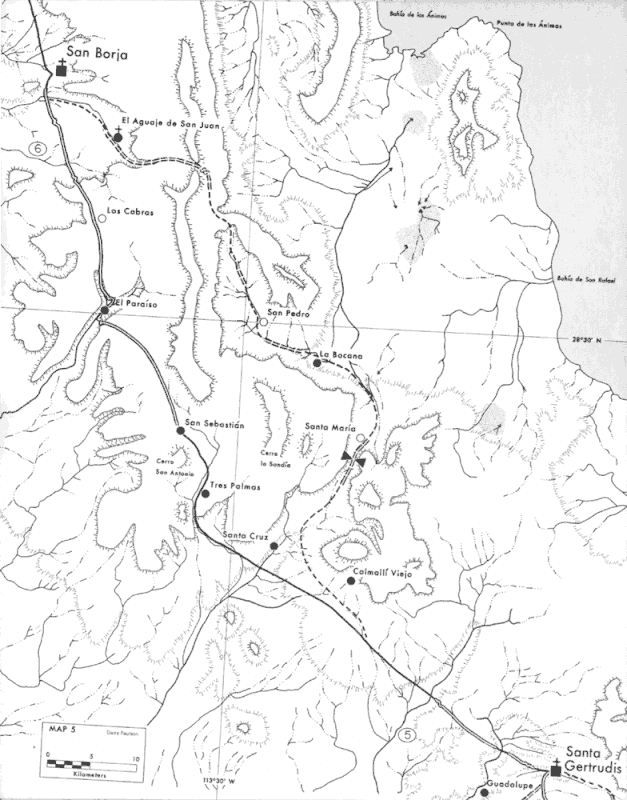
finding Camino Real on my own was very difficult
copying other ideas was not good enough for me
one of the important tools were the INEGI topo maps
they contained enough tools to pinpoint the most important branches of Camino Real
it started with noticing "Cañada La Cuesta Vieja", a canyon name indicating the presence of an old pass (Cuesta)
sure enough, I found the trail
I found more clues - I found more Camino Real
here is a list of all clues
[Edited on 11-3-2021 by 4x4abc]




